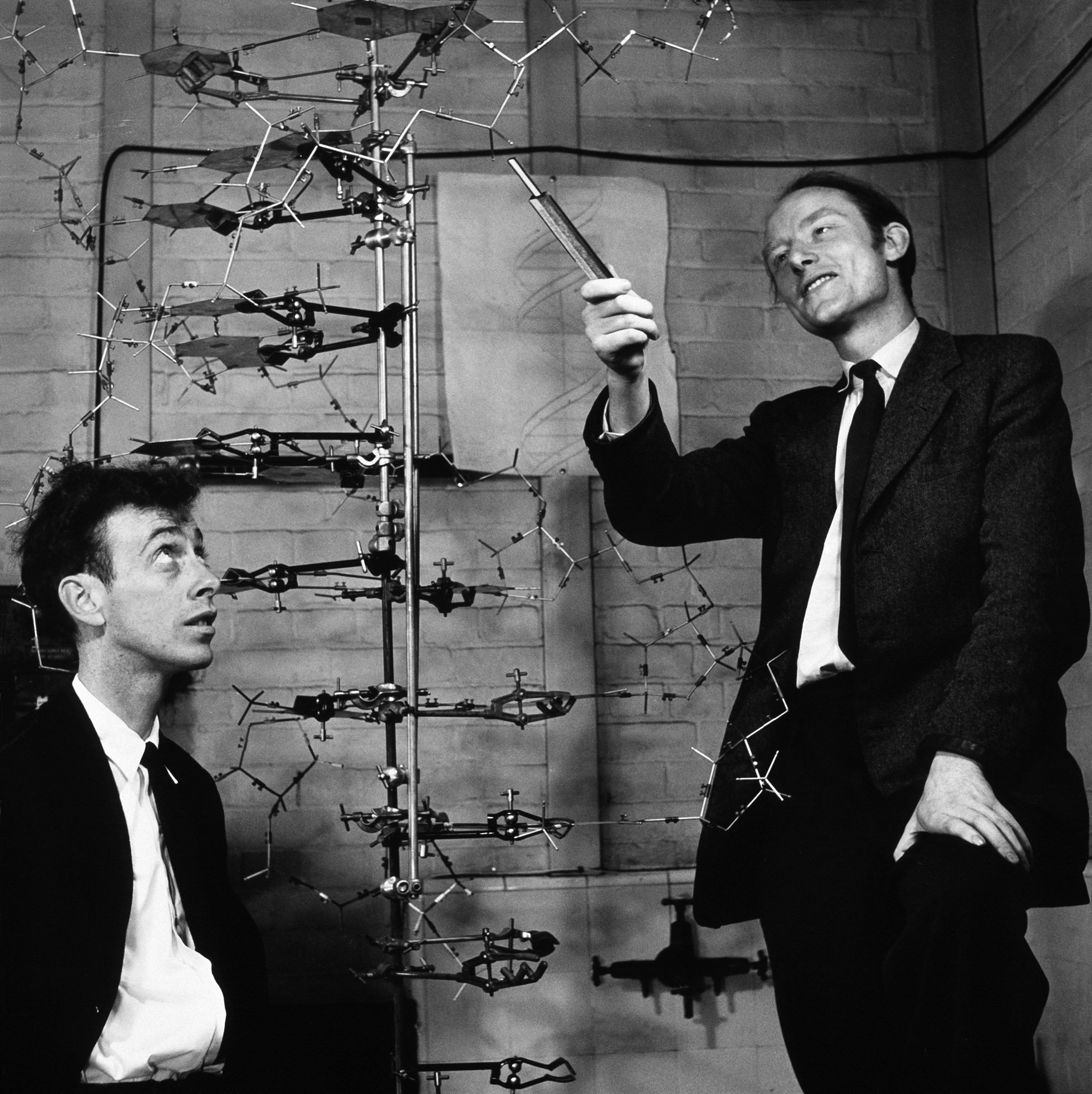Prior to the mid 1950’s, a medical examiner (ME), or otherwise known as coroner, did not have to be a doctor. It was an appointed position by the city or whatever jurisdiction they were in. It wasn’t until very recently that it was required for the ME to have a degree of sort. It is usually a medical degree. They must be a licensed medical practitioner. Now, an ME is a medically qualified government officer whose duty is to investigate deaths and injuries that occur under unusual or suspicious circumstances and to perform examinations after death. Their job includes investigating the cause of death of humans. Organs like the stomach, liver and brain are the main ones looked into for finding the cause. The list of responsibilities goes on.
This has become important to history because without the medical examiner having a degree. Evidence was not as binding as it is now. ME’s did not know what they were looking for. It wasn’t until 1953 that James D. Watson and Francis Crick found DNA’s double helix structure as seen in the below picture (Figure 2) of the two and their discovery. In the caption, there is a link to more clear depiction of the DNA double helix structure. After those advances, DNA evidence was just at its basic roots. It was not as involved as it is now.

Figure 2 (Wade, 2012). Untitled Photograph of James Watson [Right] and Francis Crick [Left]. This is my Historical Photo #2. Click here for a closer look at the double helix structure.
Now, I will explain the process that I used to find, organize and analyze my primary and secondary sources for this project.
Previous: Introduction Next: Process